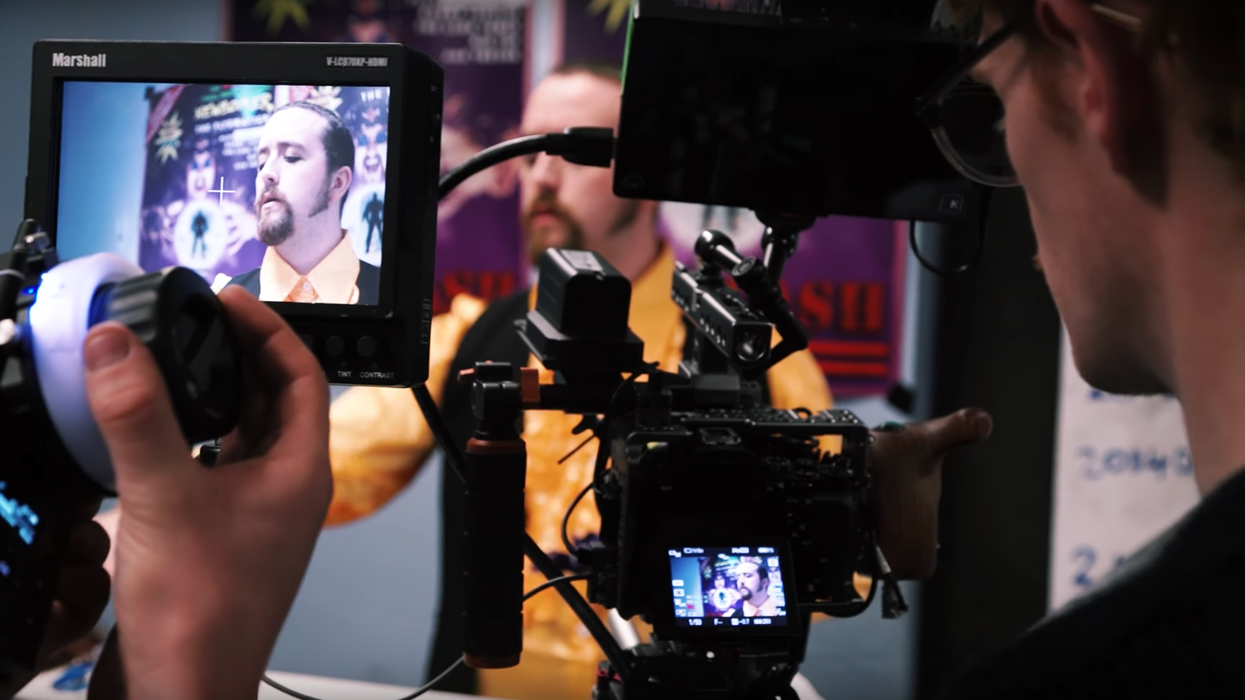Everything within the frame tells a story. It's not just dialogue, composition, and lighting that helps push your narrative forward—even though those are the things you tend to focus most of your attention on when you first start out—it's also other things, like costuming and makeup. In this video from The Film Look, you get to learn how to approach one of these elements of filmmaking, set design, that often overlooked get overlooked by new filmmakers. Check it out below:
"The location is an extension of what is happening in the foreground, and dressing the set to match the tone of your film or a character's persona will help you get closer to achieving the film look."
When you are making your first films, you're probably taking baby steps, right? You're trying to write a script that is reasonably good, following the 180-degree rule when shooting, and making sure your actors (buddies that agreed to act in your movie) aren't looking right into the camera, so other very important cinematic elements might be falling by the wayside.
However, if you're ready to take on more on your next film, learning how to dress a set is an excellent skill to develop. It gives your locations that authenticity and immersion that many novice projects lack, as well as adds to your overall production value. So, how do you approach it? What do you need to know? Here are some tips from the video:
- Try choosing a location where you have the freedom to customize the set
- Include items that add depth (posters, knick-knacks, laundry, trash, random décor, etc.)
- Make sure your set dressings are representative of the location and/or your character's persona
- Your set dressing should give the viewer an idea of what that scene is about
- Give yourself at least a day to dress a set (you might need more depending on the location/project)
- Keep your set dressing/props organized
What are some other tips on dressing a set? Let us know down in the comments.
Source: The Film Look












